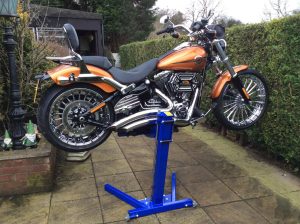Ensuring your bathroom is fully accessible for disabled users requires thoughtful design and strategic modifications to meet diverse needs. Start with the layout – a spacious, open design allows for easy navigation and maneuverability. The door should be wide enough to accommodate wheelchairs, ideally at least 32 inches. Consider installing a pocket door or an outward-swinging door to maximize space. For flooring, opt for non-slip, smooth surfaces to prevent accidents. Avoid high-pile carpets, which can be challenging for wheelchairs and walkers. A zero-threshold shower or bathtub with a built-in seat can make bathing safer and more comfortable. Grab bars should be installed near the toilet, in the shower, and by the bathtub to provide stability. These bars must be securely anchored and able to support a significant amount of weight.
The toilet should be at an accessible height, ideally between 17 to 19 inches from the floor. Additionally, ensure there is ample space around the toilet for easy transfers from a wheelchair or walker. A bidet or handheld showerhead can add extra convenience. Consider incorporating an accessible ada bathroom requirements with knee clearance underneath, allowing users to approach the sink while seated. Faucets should be easy to operate with one hand, and ideally, they should be lever-style or touch less to minimize the need for grasping or twisting. Lighting is also crucial. Ensure that light switches are within easy reach from a seated position and are equipped with contrasting colors or tactile markings for those with visual impairments. Install bright, even lighting to reduce shadows and improve visibility.
Mirror placement is another key aspect. Wall-mounted mirrors should be adjustable or positioned at a height accessible from a seated position. Additionally, consider adding an emergency call system or intercom in the bathroom to ensure help is readily available if needed. Storage should be within easy reach, with shelves or cabinets that do not require bending or stretching. Pullout or roll-under storage options can further enhance accessibility. Finally, it is important to think about the overall aesthetics and comfort of the space. Choose calming colors and ensure the bathroom is well ventilated to create a pleasant environment. By implementing these modifications, you create a bathroom that is not only functional but also inclusive, allowing users of all abilities to maintain independence and dignity.






